When do the four seasons start in 2023—for spring, summer, fall, and winter? Here are the equinox and solstice dates—plus, answers to common questions about the seasons of the year in North America. (Do you know which season is the shortest?)
Advertisement
Many folks assume that the four seasons happen because Earth is closer to the Sun in the summer (so it’s hotter) and then farther from the Sun in the winter (so it’s colder). This is incorrect.
It’s the Earth’s tilted axis which causes the seasons. In fact, winter is when Earth is closest to the Sun (and visa versa). More on that in a moment.
Our year (12 months) is commonly divided into four seasons, with each lasting about three months (but not exactly).
- Spring
- Summer
- Fall or Autumn
- Winter
When Do the Seasons Start?
The dates when the seasons begin and end vary depending on whom you ask. Each season has both an astronomical start and a meteorological start. It sounds complicated, but trust us, it’s not!
- The astronomical start date is based on the position of the Sun in relation to the Earth.
- The meteorological start date is based on our 12-month civiil calendar as well as the annual temperature cycle.
The First Days of the Seasons
| 2023 Seasons |
Astronomical Start |
Meteorological Start |
|---|
| SPRING |
Monday, March 20, 5:24 P.M. EDT |
Wednesday, March 1 |
|---|
| SUMMER |
Wednesday, June 21, 10:58 A.M. EDT |
Thursday, June 1 |
|---|
| FALL |
Saturday, September 23, 2:50 A.M. EDT |
Friday, September 1 |
|---|
| WINTER |
Thursday, December 21, 10:27 P.M. EST |
Friday, December 1 |
|---|
Note: The dates above correspond to the start of the listed seasons in the Northern Hemisphere. Times are based on Eastern time (ET). Subtract 3 hours for Pacific time, 2 hours for Mountain time, 1 hour for Central time, and so on.

The Definition of a “Season”
Here is more explanation about how astronomers and meteorologists define seasons differently:
- The astronomical start of a season is based on the position of the Earth in relation to the Sun. More specifically, the start of each season is marked by either a solstice (for winter and summer) or an equinox (for spring and autumn). A solstice is when the Sun reaches the most southerly or northerly point in the sky, while an equinox is when the Sun passes over Earth’s equator. Because of leap years, the dates of the equinoxes and solstices can shift by a day or two over time, causing the start dates of the seasons to shift, too.
- In contrast, the meteorological start of a season is based on the annual temperature cycle and the 12-month calendar. According to this definition, each season begins on the first of a particular month and lasts for three months: Spring begins on March 1, summer on June 1, autumn on September 1, and winter on December 1. Climate scientists and meteorologists created this definition to make it easier to keep records of the weather, since the start of each meteorological season doesn’t change from year to year.
The Old Farmer’s Almanac is an astronomical “calendar of the heavens,” so our book has long followed the astronomical definition of the seasons based on the Sun and Earth!
What Causes the Seasons?
As mentioned at the start of this article, the Earth’s tilted axis causes the seasons. The axis is always tilted in the same direction. So, as the Earth orbits the Sun over the 12 months of the year, different parts of Earth get the Sun’s direct rays
Look at the diagram below. When the North Pole tilts toward the Sun, it’s summer in the Northern Hemisphere. And when the South Pole tilts toward the Sun, it’s winter in the Northern Hemisphere.
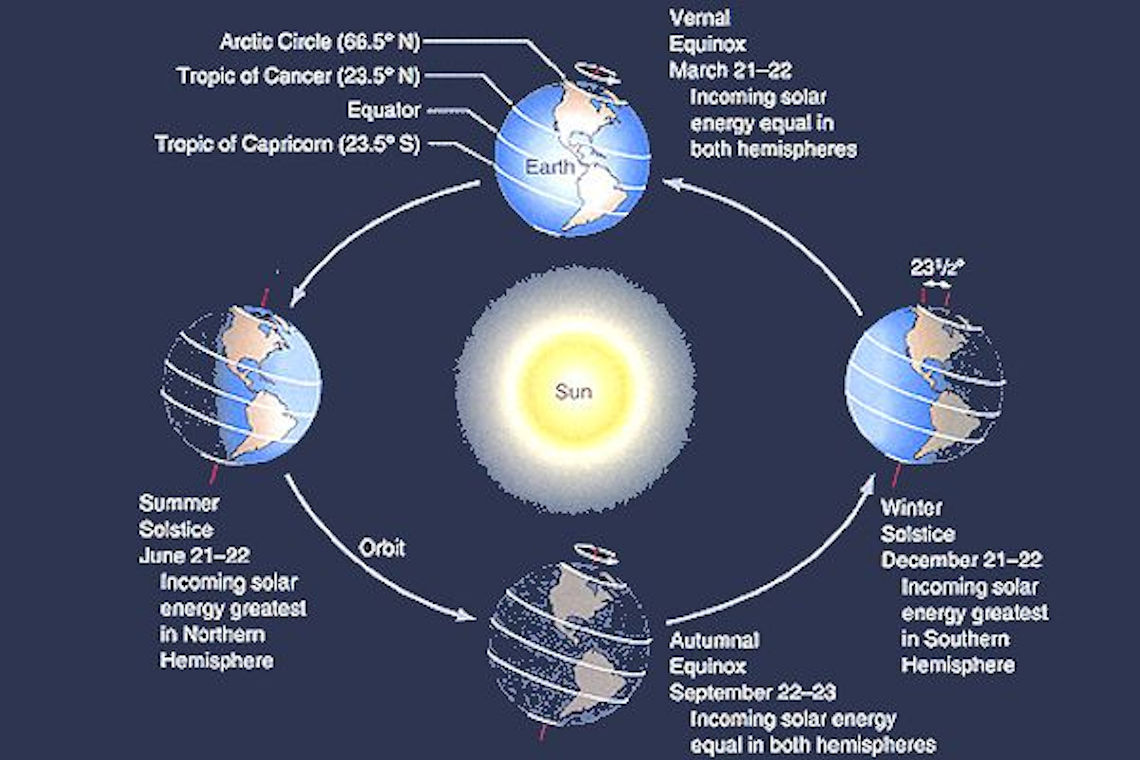
Image: The revolution of Earth around the Sun produces seasons. Credit: NASA
Why Has Date Changed for Start of Seasons?
You may have noticed that the first day of spring is on a different date than when you were younger. The dates actually shift over time. Why? There are several reasons, but the one that’s easy to understand is: the Sun doesn’t follow a human calendar!
While our Gregorian calendar was designed to match the time it takes for the Earth to complete one orbit around the Sun, it’s not exact. Specifically, it eliminates leap days in century years not evenly divisible by 400, such 1700, 1800, and 2100, and millennium years that are divisible by 4,000, such as 8000 and 12000.
Therefore, the dates of the equinoxes and solstices can shift by a day or two over time, which causes the start dates of the seasons to shift over time, too.
Why Are The Seasons Different Lengths?
It can sometimes feel like winter is dragging on forever, but did you know that winter is actually the shortest season of the year? (In the Northern Hemisphere, that is.)
Why? Thanks to the elliptical shape of Earth’s orbit around the Sun, Earth doesn’t stay the same distance from the Sun year-round. In January, we reach the point in our orbit nearest to the Sun (called perihelion), and in July, we reach the farthest point (aphelion). Read more about perihelion and aphelion.
When Earth is closer to the Sun, the star’s gravitational pull is slightly stronger, causing our planet to travel just a bit faster in its orbit. For those of us in the Northern Hemisphere, this results in a shorter fall and winter, since we are moving faster through space during that time of the year. Conversely, when Earth is farthest from the Sun, it travels more slowly, resulting in a longer spring and summer. (The opposite is true in the Southern Hemisphere.)
In other words, it takes Earth less time to go from the autumnal equinox to the vernal equinox than it does to go from the vernal equinox to the autumnal equinox.
Due to all this, the seasons range in length from about 89 days to about 94 days.
The Four Seasons
What defines each season? Below is a brief explanation of the four seasons in order of calendar year. For more information, link to the referenced equinoxes and solstices pages.
Spring
On the vernal equinox, day and night are each approximately 12 hours long (with the actual time of equal day and night, in the Northern Hemisphere, occurring a few days before the vernal equinox). The Sun crosses the celestial equator going northward; it rises exactly due east and sets exactly due west. See our First Day of Spring page.
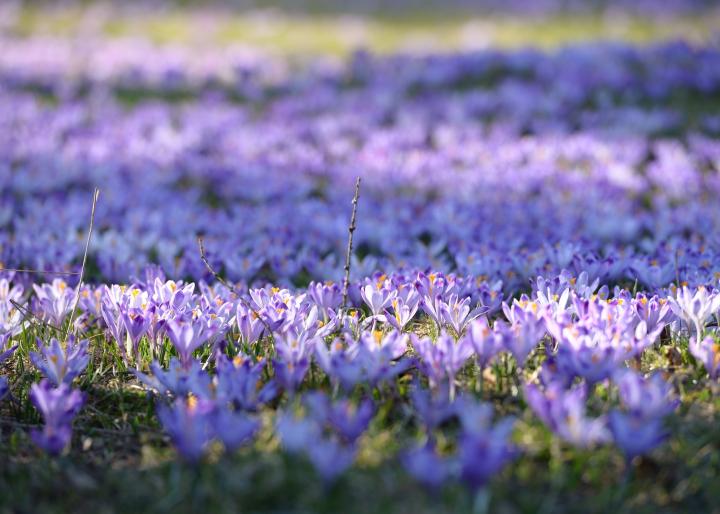
Summer
On the summer solstice, we enjoy the most daylight of the calendar year. The Sun reaches its most northern point in the sky (in the Northern Hemisphere) at local noon. After this date, the days start getting “shorter,” i.e., the length of daylight starts to decrease. See our First Day of Summer page.
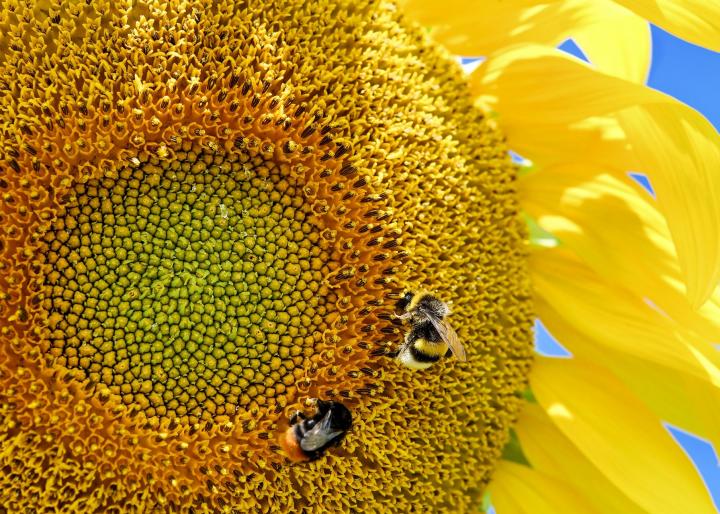
Autumn (Fall)
On the autumnal equinox, day and night are each about 12 hours long (with the actual time of equal day and night, in the Northern Hemisphere, occurring a few days after the autumnal equinox). The Sun crosses the celestial equator going southward; it rises exactly due east and sets exactly due west. See our First Day of Fall page.
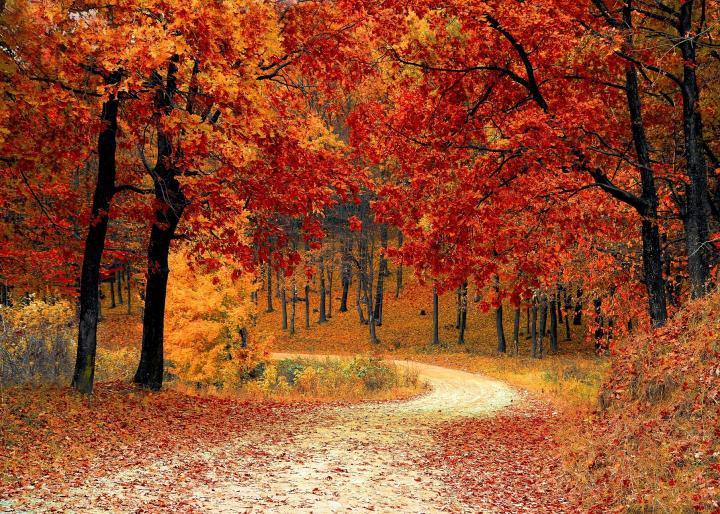
Winter
The winter solstice is the “shortest day” of the year, meaning the least amount of sunlight. The Sun reaches its most southern point in the sky (in the Northern Hemisphere) at local noon. After this date, the days start getting “longer,” i.e., the amount of daylight begins to increase. See our First Day of Winter page.
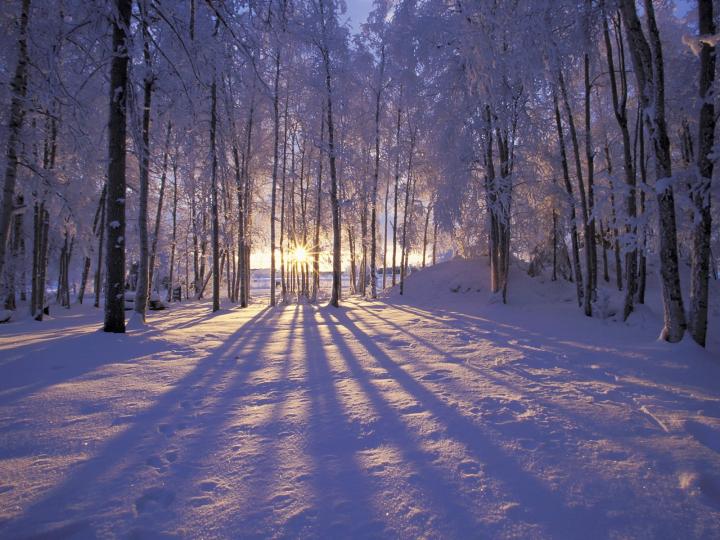
What’s your favorite season—and why? Let us know in the comments below!
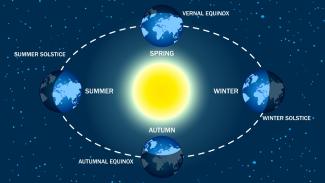








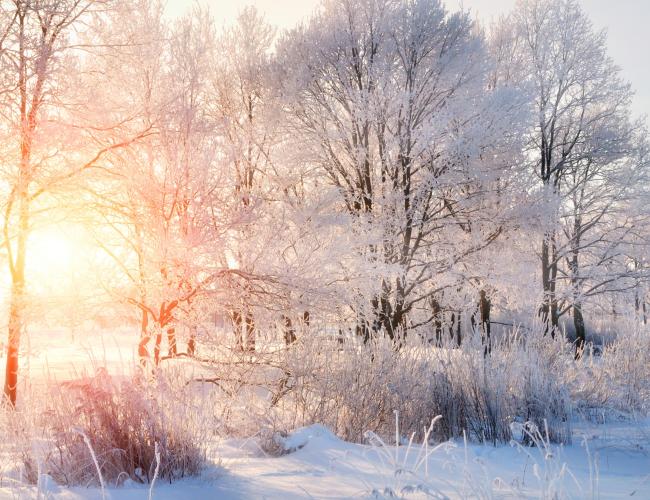
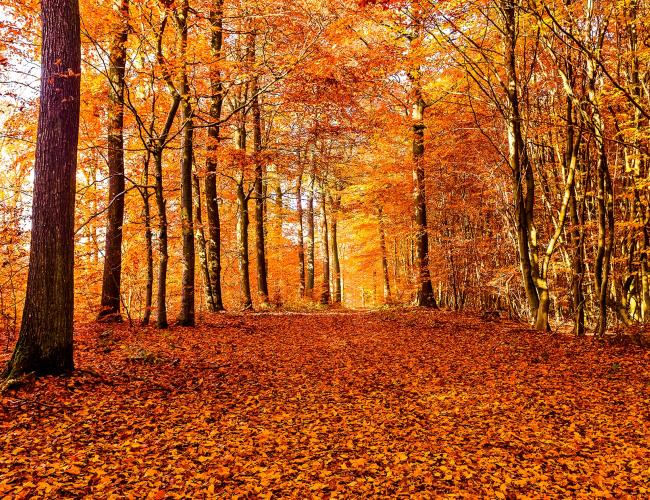

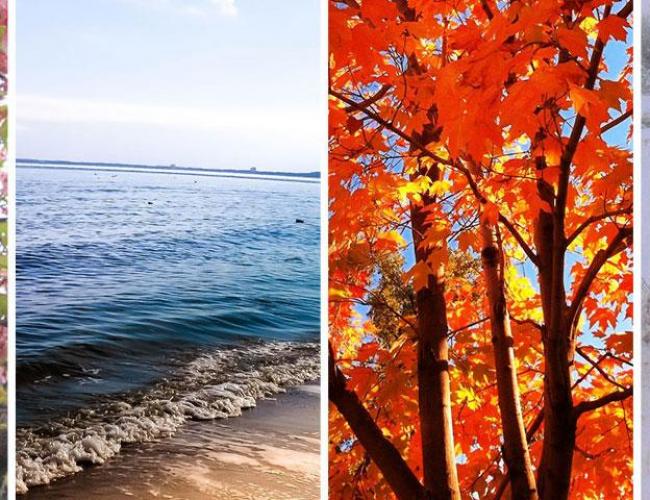
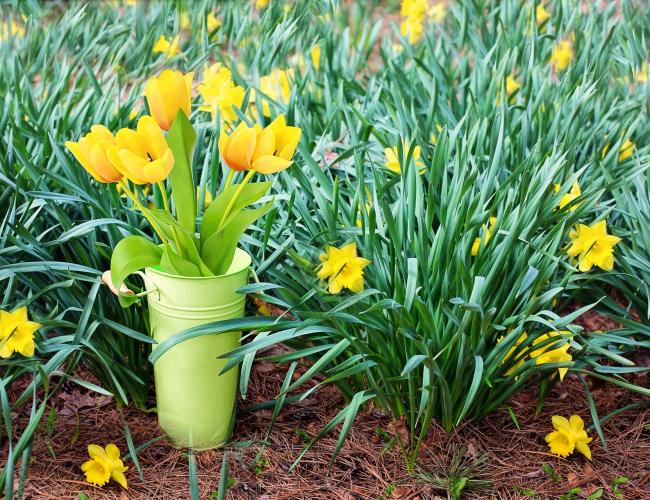

Comments